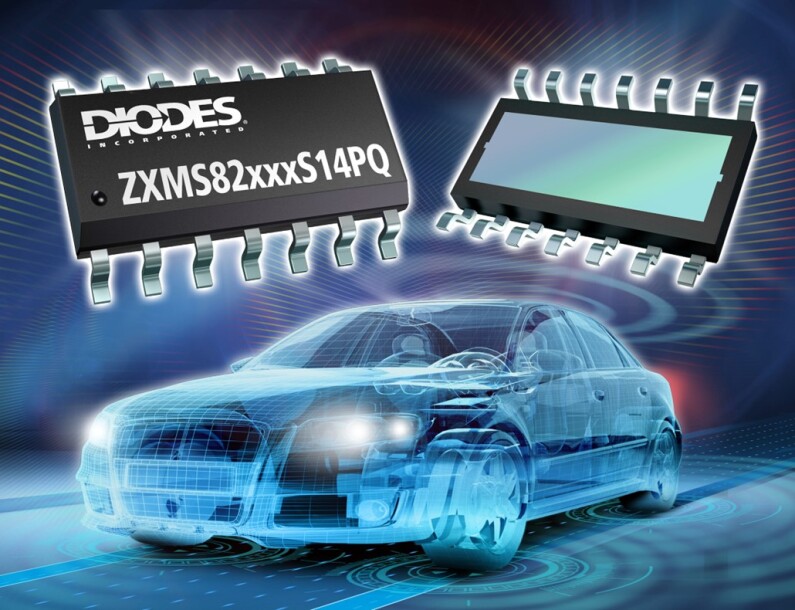How Intelligent MOSFET Switches Are Replacing Automotive Fuses and Relays

By Shane Timmons, Discrete Product Marketing Manager
The automotive industry is partway through a rapid transition from internal combustion engines (ICE) to fully electric or hybrid vehicles. At the same time, there is an increase in the usage of driver assistance systems (ADAS) and autonomous capabilities, which require more sensors per vehicle. There is also a trend towards using more electronic control units (ECUs), to reduce weight and improve efficiency compared to the systems they replace.
Taken together, these trends all result in more power being required to drive these new loads and greater computational performance being required to process data in real time.
This means changes are needed to the electrical architecture of vehicles, and specifically to power distribution and management, where highly integrated zonal architectures are becoming more popular. In these distributed power systems, zone controllers serve as hubs for all the power and data connections in a particular physical section of a vehicle.
An associated change is that traditional relay boxes are being replaced by power distribution units using reliable high-current switches (based on semiconductor FETs or MOSFETs) to drive electrical loads in the car.
These semiconductor replacements, also called smart fuses, have numerous advantages. For a start, they are more energy efficient than the relays and fuses they replace and are inherently more reliable due to their built-in protection and diagnostic features. This reliability also means they are safer, as they can respond quickly to limit voltage and current, without overheating as a fuse would.
In electric vehicles, smart fusing is particularly important: once the battery reaches a critical point, the smart fuses can temporarily disable high-power functions such as seat heating.
Semiconductor switches for smart fuses are much smaller than relays, saving valuable space and weight in a vehicle and reducing the PCB area required. They provide useful features to improve their performance and ruggedness, such as limiting the inrush current at start-up and handling energy discharge at power-off. The smart fuses are also well-suited to a zonal architecture and can be centrally managed in each zone by the zone controller.
For this kind of high-power automotive application, MOSFETs are a good choice—they are reliable and offer fast switching. Responding to this demand for MOSFET devices, Diodes Incorporated has recently launched a range of six automotive-compliant*, single- and dual-channel, high-side IntelliFETs®. These provide a smaller, higher reliability alternative to relays, fuses, and discrete devices. They also provide alternatives or second sources to existing, similar semiconductor devices.
The ZXMS82xxxS14PQ (dual channel) and ZXMS81xxxSPQ (single channel) series of devices deliver high power from a small footprint, while also providing sophisticated protection and diagnostic capabilities. They are well suited for driving 12V automotive loads, including LEDs, bulbs, actuators, and motors in body control and lighting systems.
To improve reliability, the ZXMS8 series includes onboard circuitry that protects against short circuits, manages inrush currents, and safeguards against overvoltage conditions including load dumps. They also feature overtemperature protection with auto-restart and protection against electrostatic discharges (ESD). Additionally, loss of ground and reverse polarity protection can be easily implemented.
Their onboard diagnostics detect fault conditions and self-protection events, including open-load, overload, and overtemperature shutdown.
The ZXMS8 series of devices are qualified to the AEC-Q100 automotive standard and are available in the SO-14EP (dual) and SO-8EP (single) packages. They provide an efficient, reliable, and smaller footprint alternative to relays, fuses, and discrete circuits, enabling designers to handle the increased power demands of today’s cars.
Automotive-compliant - AEC qualified, manufactured in IATF 16949 certified sites supporting PPAP documentation.
The Diodes logo is a registered trademark of Diodes Incorporated in the United States and other countries.
All trademarks are the property of their respective owners.
© 2024 Diodes Incorporated. All Rights Reserved.
